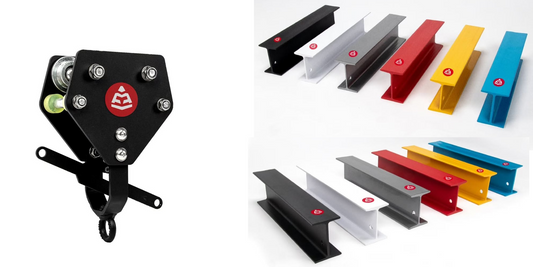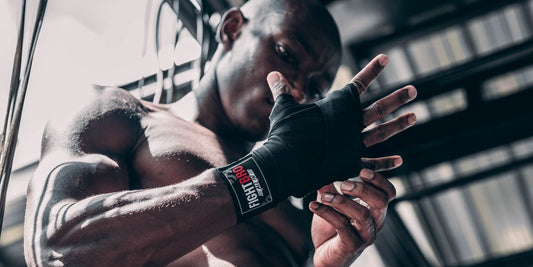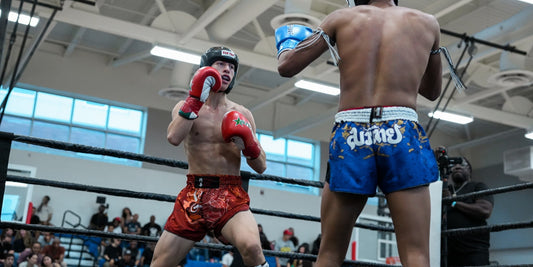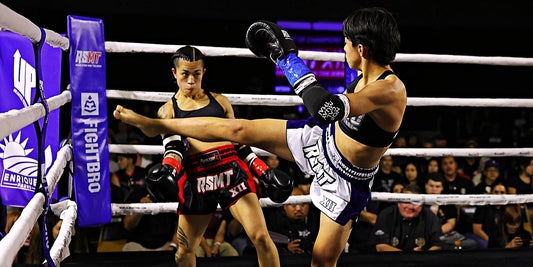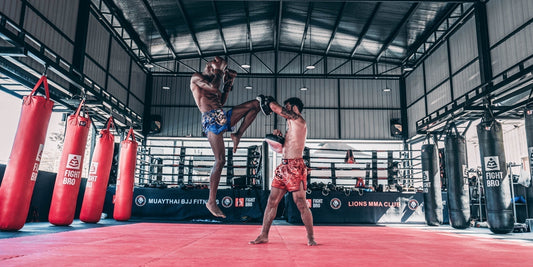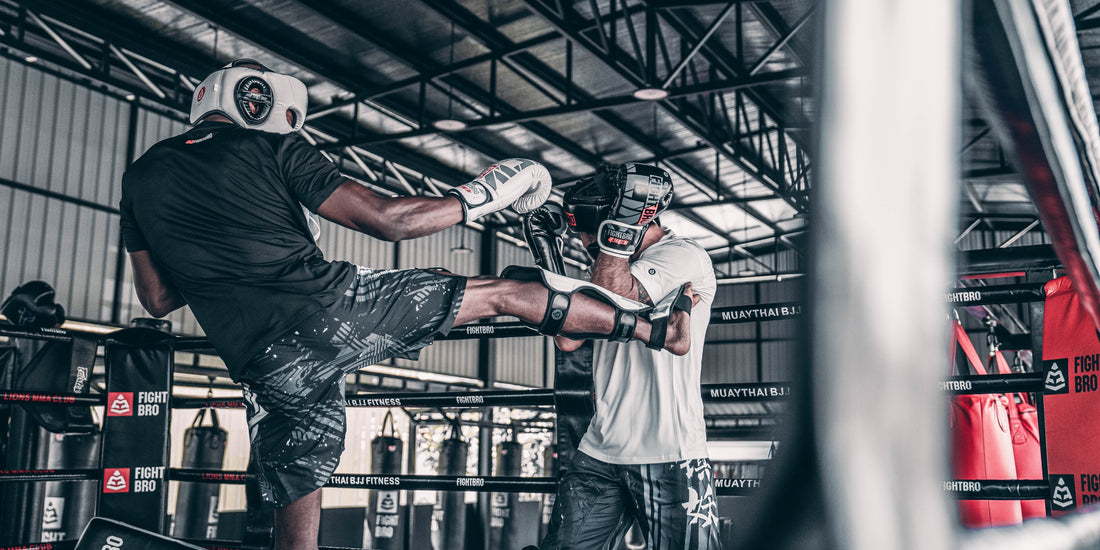
The Difference Between Sparring and Fighting: What Beginners Should Know
There is a certain type of novice who steps through the gym doors and, after a few weeks of mitts and bag work, believes he has tasted combat. He spars once, perhaps twice, and tells his friends he has "fought." This is forgivable. The misunderstanding is common, and not altogether surprising. From the outside, sparring and fighting appear almost identical. Two people in gloves. A ring. Punches thrown. One might be forgiven for confusing rehearsal with performance.
But they are not the same.
Sparring, at its best, is a conversation. It is the place where technique is tested, habits are unlearned, and timing is cultivated. It is cooperative, or it should be. You and your partner are there to sharpen each other. You do not aim to dominate or embarrass; you aim to expose the seams, tighten the angles, and return to your corner wiser than you left it. There is rhythm to good sparring, a kind of mutual respect that governs the tempo. Mistakes are made, adjustments are offered, and nothing is final. It is the classroom, not the coliseum.
Sparring, when done well, is not a contest but a collaboration. The mindset should not be let me show you what I can do, but let’s get better together. Sparring should be deliberate. It is the space to isolate a weakness, to drill a new habit, to move with intention rather than instinct. You might spend an entire round throwing only the jab, or working on slipping inside a cross, or defending without countering. This kind of conscious training builds awareness and discipline. Mindlessly throwing for the sake of output or ego does nothing but calcify your bad habits and dull your sensitivity to timing. Every round should have a purpose. Sparring is not the fight before the fight — it is the practice of becoming the kind of fighter who is worth watching when the real one comes.

A fight is something else entirely. A fight is urgent. In a fight, the lights are brighter and the crowd louder, and your opponent is no longer your partner but your adversary. He is not there to help you grow; he is there to test your resolve and capitalize on every hesitation. The punches are harder, the energy is less generous, and the consequences more immediate. You are not learning in a fight — you are revealing. Your preparation is behind you, and all that remains is what you can summon under pressure.
Many beginners, drunk on adrenaline and unsure of their own place in the hierarchy, spar as if they are fighting. They press forward carelessly, throw to hurt, and take pride in giving rather than receiving. This is how injuries happen, both physical and developmental. A gym that allows sparring to turn into fighting without distinction is not teaching boxing. It is staging chaos.
There is another layer to this, often unspoken but well understood by those who have spent enough time in both realms. Sparring can deceive. The gloves are larger, the headgear softens the blow, and the familiarity of your partner dulls your urgency. In sparring, you may feel competent, even dominant. But under the lights, with eight-ounce gloves and no one to hold back, your sense of timing will change. Your energy will vanish more quickly than you imagined. Your chin, so untested in the gym, will answer for your habits.
There is no shame in this. Everyone must cross that threshold for the first time. But it is worth stating plainly: sparring is not a fight. It is a tool. It is a means, not an end. And if you mistake the one for the other, you risk misjudging both your strengths and your vulnerabilities.
Train earnestly. Spar with intention. But do not confuse preparation for the thing itself.
The bell sounds different when it matters.


